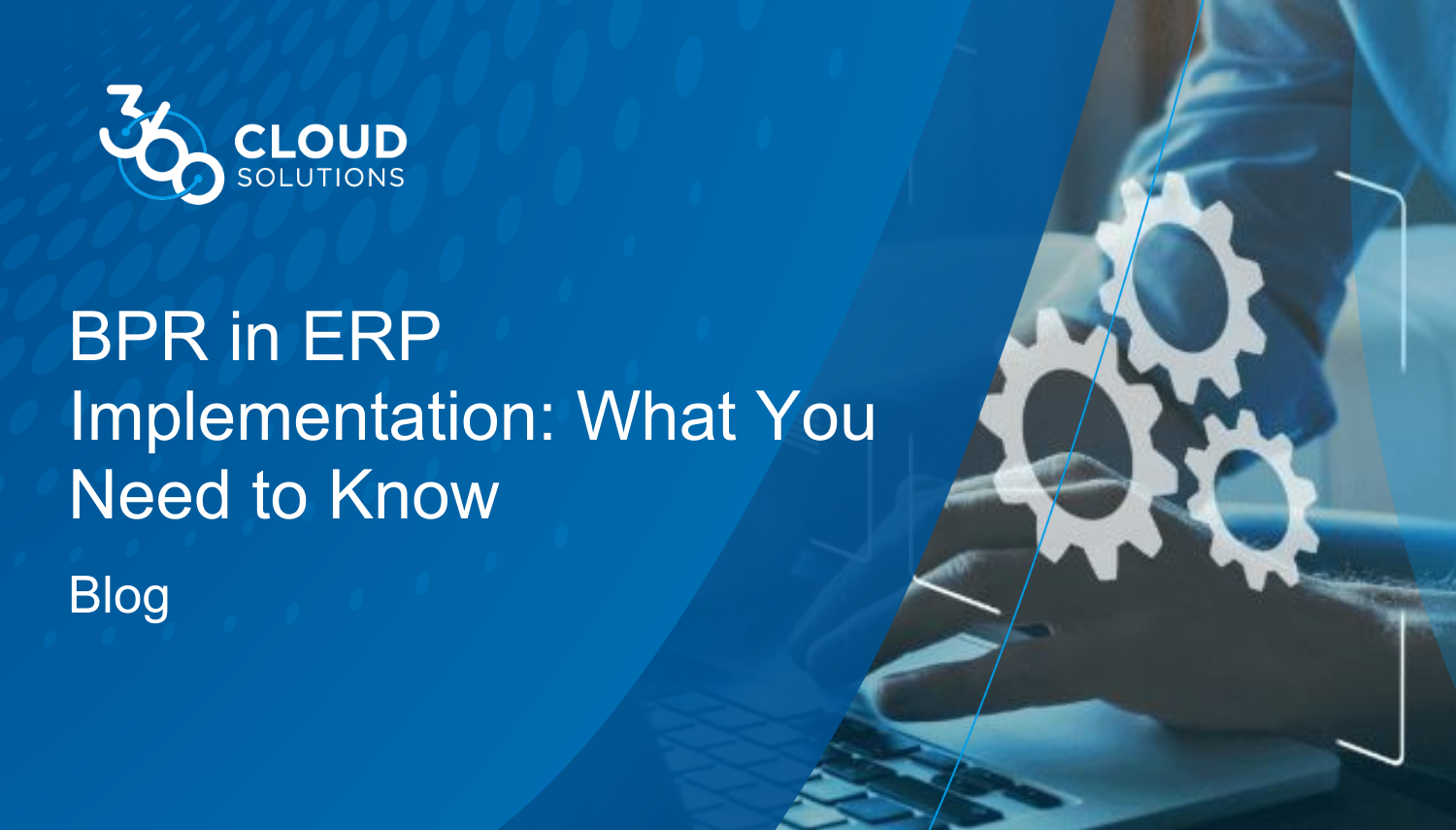
An ERP software solution can transform your business operations, driving tremendous efficiencies and cost savings—but it can’t do it on its own. The truth is, companies that invest in an ERP solution like NetSuite to address specific business process challenges are only tackling half of their problem. They are improving the tools they use, but not the potentially problematic workflow that may have driven them to seek new tools in the first place. This is where a business process review (BPR) becomes critical.
A BRP is an exercise for helping businesses identify areas of improvement that will allow them to become more agile, efficient, and streamlined. Including a BPR in ERP implementation can drive a far more transformative process and ensure your organization achieves the full potential of its ERP implementation.
What is a BPR in ERP?
Virtually any company can benefit from conducting a periodic business process review. However, a BPR is particularly invaluable in helping companies address a specific problem or achieve a certain goal, such as implementing a new software system. That’s because a BPR is used to dig into your current processes, identify clear pain points and bottlenecks, and develop strategies for better aligning workflow in accordance with the goals you are aiming to achieve.
A BPR in an ERP implementation serves as your roadmap for building thoughtful workflows to more effectively use the tools afforded by an ERP solution.
How ERP implementation is supported by a BPR
Ultimately, an ERP implementation goes much more smoothly when the process begins with a BPR. There are a number of reasons that a BPR is a good idea prior to an ERP implementation:
-
- A BPR drives decisions around which modules to include.
As a useful roadmap should, a BRP can help organizations determine which ERP solutions and integrations will be necessary to achieve their specific goals. A BRP helps tailor the ERP implementation to a business’s unique needs to ensure the most efficient and cost-effective solution is installed. - It guides process change.
Including a BPR in ERP implementation sets the stage for breaking down your workflow to rebuild it in new ways. If you skip the BPR, your ERP may be installed in an attempt to mimic existing broken processes —often through costly customization. The result is frustrating duplication, wasted cost, and a decisive lack of improvement. - A BPR provides employees with a “why” before you make changes to their workflows.
This “why” can be used to guide the change management process and drive employee engagement in the transformation. Including a BPR in ERP implementation encourages your team to get behind the new platform as a tool that drives a much broader array of improvements. - A BPR can speed ERP implementation.
By attempting to customize modules to mimic your current business processes, businesses may think they’re taking the easiest path forward. The truth is, however, that these customizations take time to design, test, and implement. And, in the end, this lengthy process may not provide the competitive edge you expect. - It creates a path toward scalable growth.
Taking a step back to address how you operate today encourages business leaders to think deeply about their ideal future state. In fact, goal setting is a core part of the BPR process–and a key part of what makes NetSuite an ideal ERP solution. NetSuite can scale up with businesses as they grow, meaning an ERP implementation today can be performed with an eye toward future integrations.
- A BPR drives decisions around which modules to include.
Why an ERP system is beneficial for the BPR project
While a BPR is helpful in driving ERP implementation, the reverse is also true. Many organizations find that undergoing a business process review to identify opportunities for improvement can uncover clear areas where an ERP solution can help reduce duplication of efforts, connect siloed departments, drive down costs, and increase productivity.
However, it is often difficult for an organization to make these business process improvement connections on their own. That’s because the individuals involved in these decisions tend to be very much ingrained in the day-to-day processes that they’re trying to improve. It can be challenging to connect these processes to other departments and the bigger organizational picture. This is where the input of a third-party consultant can be particularly invaluable. These experts are able to bring an objective eye to both BPR and ERP implementation.
Even if you’re not ready to take the step of working with an ERP consultant, a business process review can help you begin to evaluate your existing workflows. Our free business process self-assessment worksheet is designed to help organizations take the first steps toward better understanding current business processes and identify where gaps may be occurring in their operations.
Learn more
The Top 6 ERP Implementation Failures (and What They Cost): Ever wonder what the largest ERP implementation failures cost these famous companies?
15 Questions to Ask a Netsuite Implementation Consultant: You’ve narrowed down your candidates, now it’s time to ask the right questions.



